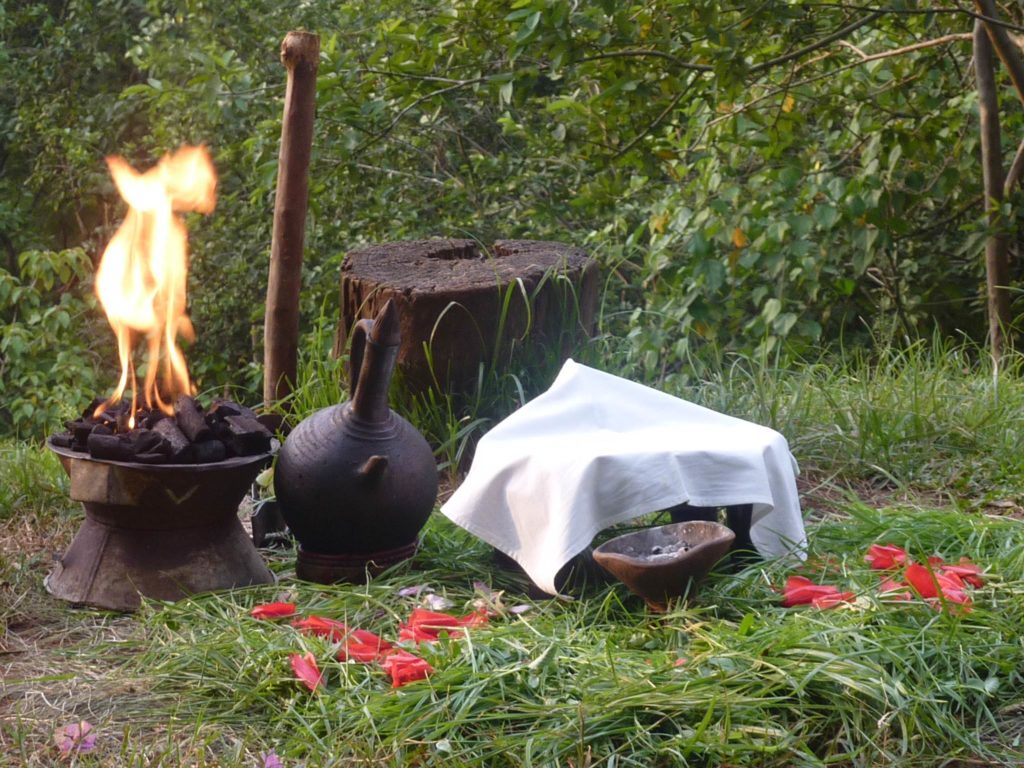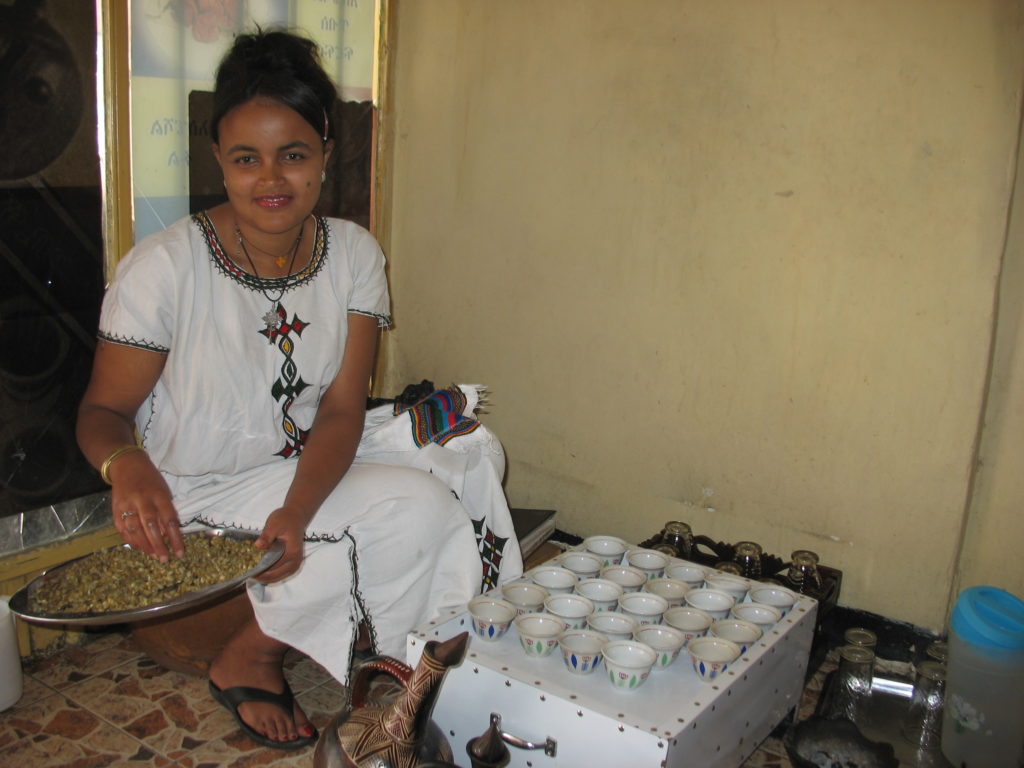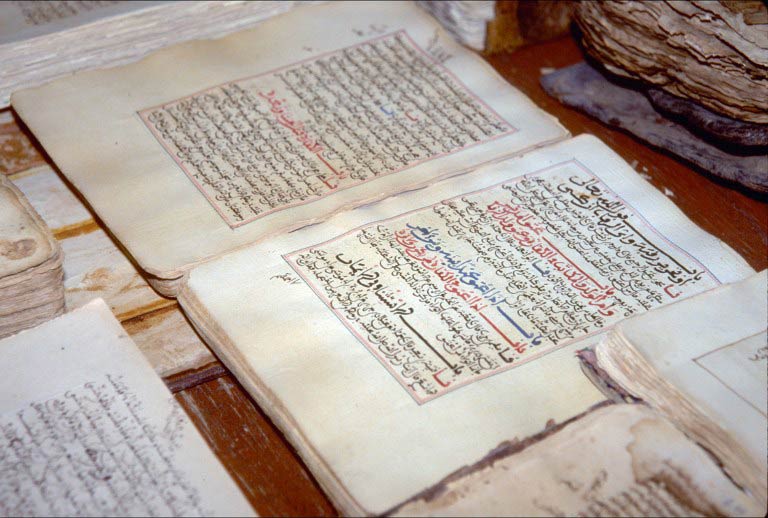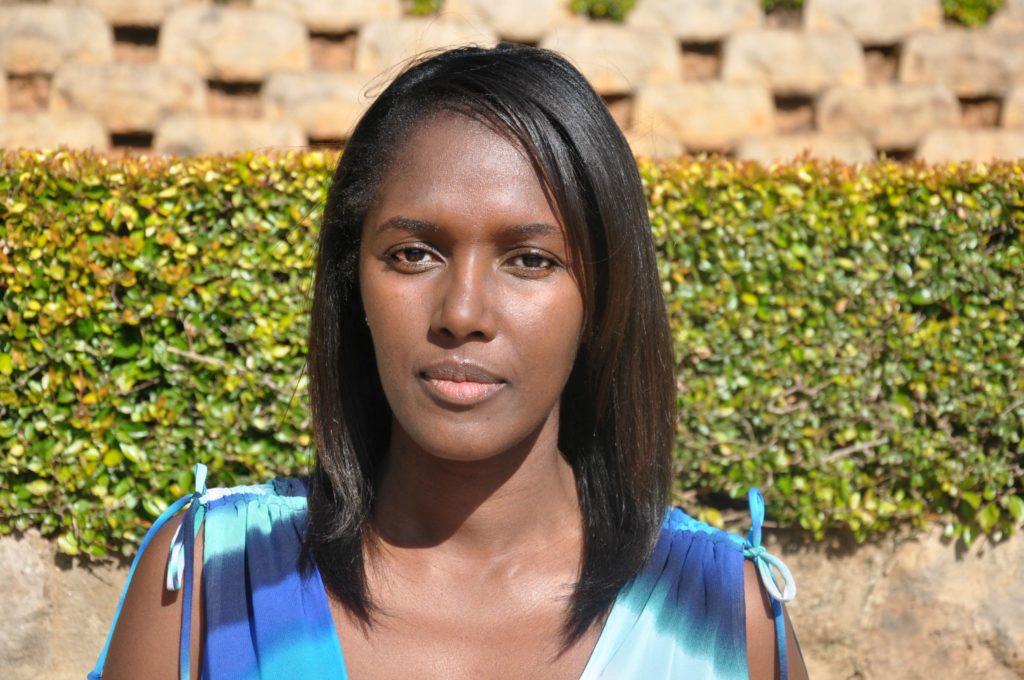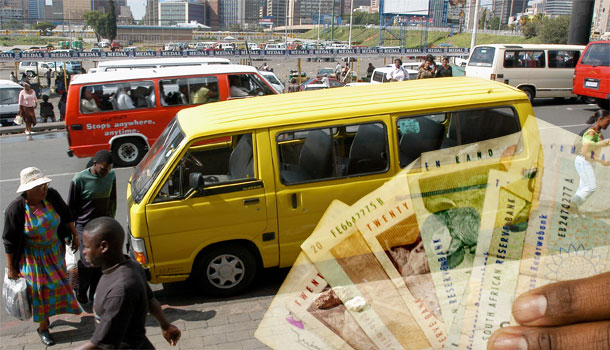The sky is clearing, temperatures are rising, mud is turning into dust, the air is becoming more humid and mosquitoes have multiplied. Burundi’s dry season is here. Students all over the country are preparing for their exams and Burundians all over the world are shopping and getting ready to come home for the holidays. It’s that time of the year: the season of imanza.
Imanza (the plural of urubanza) refers to functions and ceremonies like weddings, memorials, house warmings, birthday parties, barbecues … any kind of celebration really, good or bad.
I already know of at least seven imanza I’m potentially invited to or in which I’m likely to have some kind of responsibility. There are no wedding planners in Burundi or planners of anything really – when a person has an urubanza they call on their relatives and closest friends to help with the planning and organisation, and to contribute in cash or kind or both. Traditionally, when somebody invites you to an urubanza you go to your fields, chop your best bananas or sorghum and make some banana or sorghum wine that you would offer to the host on their big day – kind of like bringing your own drinks. In some circumstances, other goods or services may be offered such as assistance in the fields to a family mourning the death of a loved one. They aren’t allowed to do any work for at least a week after the burial, a period which is concluded with a ceremony known as Guca ku Mazi.
If you don’t happen to grow bananas or sorghum in your backyard, you give money. Then we’ll say that you brought your umubindi (pot of wine) in an envelope. Yes, Burundians are masters of poetry!
Invitations to an urubanza are pretty much seen as ‘requests to contribute’. The size of a contribution usually depends on the contributor’s income and their relationship to the host. An acquaintance wouldn’t be expected to contribute anything less than BIF 10 000 (about 7 USD) per urubanza; but contributions can go up to the hundreds of thousands of francs, especially if you have a close relationship with the host. The money may be paid before the actual event but in certain ceremonies envelopes are passed around for guests to put their contributions in.

If you don’t contribute you’re seen as antisocial. In fact, a person will not go to an urubanza but still send their envelope. That’s how much we Burundians value our social status! And that’s why it’s important to clearly write your name on your envelope so that when the host compiles a list of who contributed and how much, they’ll speak well of you to their entourage and eventually reciprocate at one of your functions in the future. When you don’t have money to give (for instance, you’re not employed) you can offer your “hands” – run errands, help with decor and serving etc.
Nobody usually complains about contributing when there are sad reasons for hosting an urubanza. In fact, everybody tries to help in some way or the other. But when it comes to happy events, there are quite a few free-riders who’ll schedule urubanza without any funds of their own, expecting to pay it off with eventual contributions from guests.
There’s this one guy I know who wants kuganduka for his parents killed during the 1993 war! Kuganduka is a ceremony which definitively concludes the one-year mourning period after a person’s death. Usually relatives are not supposed to hold any kind of ceremony if the mourning period for the deceased has not ended. Kuganduka is supposed to be the first happy celebration after this time, and usually involves thanking those who stood by the family during the difficult times.
Between 1993 to now, this guy got married twice and had kids. Is it unfair to assume that he’s probably broke and looking for an “honest” means to make some quick cash? But this won’t stop us from going to his urubanza and contributing – because we have to!
Then there are the school graduations, birthday parties and other social gatherings which often involve reconnecting with friends and family, especially those who are on holiday from abroad.

It’s that time of the year when we take our best outfits to the dry cleaners, go out shopping for new ones and start practising how to sign cheques. It’s that time of the year when invitations start flowing in and one has to decide which urubanza they are going to attend, because sometimes it’s just impossible to go to all of them.
I have two of my very good friends who are getting married on the same day. Whose urubanza will I go to? How will I explain my absence to the other? How much will I contribute? What will I wear? These are the questions Burundians start asking themselves around this time of the year until the rains start falling again in September, temperatures drop, students head back to school, the diaspora return to wherever they live, and all our bank accounts are empty thanks to our social generosity.
Karl-Chris Nsabiyumva is a proud Burundian. He blogs at misterburundi.wordpress.com

